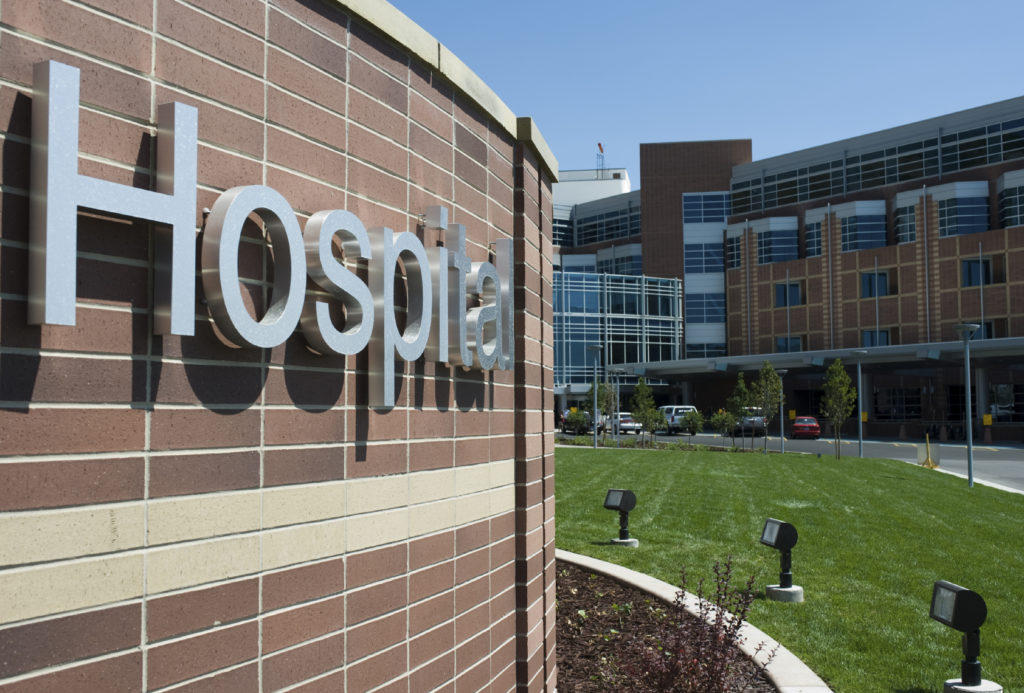Hospital visits are a significant problem in all areas of senior housing, and just one trip to the emergency room can make it more likely that older adults will have to move out of their homes and into housing with higher acuity care. Partnerships that bring healthcare to independent living and affordable housing settings can make a difference in reducing hospital rates and keeping retirees in their homes longer.
Home Health Care News sat down with two senior housing providers that have partnered up with nearby health care agencies to better serve their populations by providing services just outside their doors to keep residents happy, healthy and less likely to move out of their homes after hospital visits. In the home health world, similar partnerships could have major implications to allow seniors to stay at home longer through retirement.
PSL’s Big Success
Presbyterian Apartments in Harrisburg, Pennsylvania, is an affordable housing community for adults 55 and older operated by Presbyterian Senior Living (PSL), one of the largest senior housing providers in Pennsylvania that offers independent living, affordable senior housing, personal care, home care, skilled nursing and rehabilitation.
While landlords typically don’t need to know everything about their tenants’ health—and may not even be allowed to ask—Presbyterian Apartments recognized the benefits of keeping residents healthy to remain in low-level acuity housing as long as possible. The housing provider partnered up with a health clinic to reduce the hospital visitation rate among its population by 70%. The approach shows the value of helping residents remain in the lowest-acuity setting as long as possible, and the challenges of bringing more health care into these primarily residential settings.
After noticing that many residents were visiting the ER and hospital inappropriately for basic health care needs, PSL assessed what was really going on with the help of Pinnacle Health, a Pennsylvania-based hospital and health care system that provides a variety of services, including primary care.
“What we did was put together what outcomes we wanted and how we were going to track those outcomes,” Diane Burfeindt, vice president of population health management and affordable housing with PSL, told HHCN. “We had a survey we did with the residents and an authorization form that they signed to be a part of the program. We used that very basic information to start doing this program and figure out how it would work.”
Burfeindt and her team discovered there were five main reasons residents were visiting the hospital: diabetes, hypertension, arthritis, general heart problems, and COPD and breathing problems.
Pinnacle already had the infrastructure in place to help residents with diabetes, a disease that affects nearly 27% of people 65 and older, according to the CDC. The initial phase of the partnership addressed diabetes treatment with a weekly on-site, half-day clinic from Pinnacle where residents could be seen by a physician.
From there, the program developed into Phase II, with weekly home visits from a physician, nurse and social worker for residents who opted in.
In affordable housing, some social determinants of health, such as lack of access to transportation or being unable to understand medical directions, contribute to higher hospital rates. PSL’s program aimed to bring the physician to the housing community, who could then follow up with residents and ensure they continued receiving preventive care and could remain in their homes as long as possible.
Burfeindt says that as a housing provider, not a health care operator, there was a learning curve for her and her team when the partnership with Pinnacle began.
“One of the biggest things we had to work on was understanding each others’ worlds and language,” Burfeindt says of the partnership. “We don’t know everything about these residents, so we really had to work together to find out what was needed.”
About 40% of residents took advantage of these opportunities, according to Burfeindt, and the results have been stunning. Over the past few years, Presbyterian Apartments has reduced ER visits by 50% and hospital admissions by 70% thanks to their initiative. Presbyterian Senior Living has published a case study on the findings.
Burfeindt says the results are not just about the numbers, but providing a simple solution to a growing problem for residents. The partnership with Pinnacle has been the key element of their success, says Burfeindt, who recommends this model for senior housing providers across the marketplace.
“I think what we’ve been surprised by is the sustainability,” says Burfeindt. “We knew there were issues we could impact right off the bat, and we did. We were able to help people long term, and it is not just a clinical intervention in housing.”
Keeping Occupancy Steady
Hospitalization rates are a growing problem in other areas of senior housing as well. Monarch Landing, a continuing care retirement community in Naperville, Illinois, that is owned and managed by an affiliate of Senior Care Development and Life Care Services, partnered with nearby Edward Hospital and has had its own in-house physician available to treat residents during the week for many years.
The proximity of the physician has helped reduce hospital visits and maintain occupancy levels in independent and assisted living, says Jennifer Roach, an administrator at Monarch Landing.
“If you choose to have our physician follow you at Monarch, she is here five days a week, so as soon as we see any changes, we can act,” says Roach. “It’s great to have this open communication in real time.”
The community noticed that residents with fall injuries who were admitted to the hospital were having higher readmission rates, and put in place preventive care to address the problem.
“One of our biggest projects has been our falls protocol for our residents who have had a fall or are at a high risk for a fall,” Roach told HHCN. “We have an algorithm with procedures we follow. All of our security officers are also EMTs, so our responders going to the apartments can help with assessment when residents are going to the hospital or coming back. Those reports come to the social services coordinator who monitors which residents and family members we can reach out to to avoid another fall and hospitalization.”
Constant monitoring of residents’ health has been a big investment for the community, but Monarch plans to continue to grow preventive care to ensure compliance with Medicare’s rules and rating systems. As part of their quality control measures that links quality care to payments, the Centers for Medicare & Medicaid Services already ties hospitals’ reimbursements to their readmission rates. Skilled nursing facilities will be subject to a similar system.
“Right now, everything falls on the hospital,” Roach says of CMS’ rating system and compensation structure. “We need to communicate with the hospital since CMS is looking at them and looking at their partners. We have a doctor here so [residents] don’t have to go to the hospital. We’ve been working on this for a long time as it relates to the hospital. CMS is looking at those quality indicators.”
Written by Amy Baxter
Companies featured in this article:
Centers for Medicare and Medicaid Services, Monarch Landing, Presbyterian Apartments




